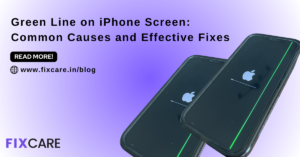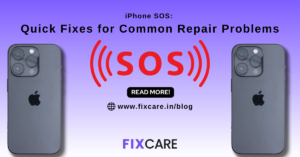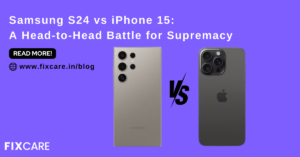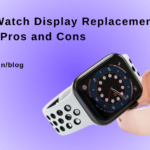
DIY Fixes: Troubleshooting and Repairing iPhone 13 Touch ID Issues
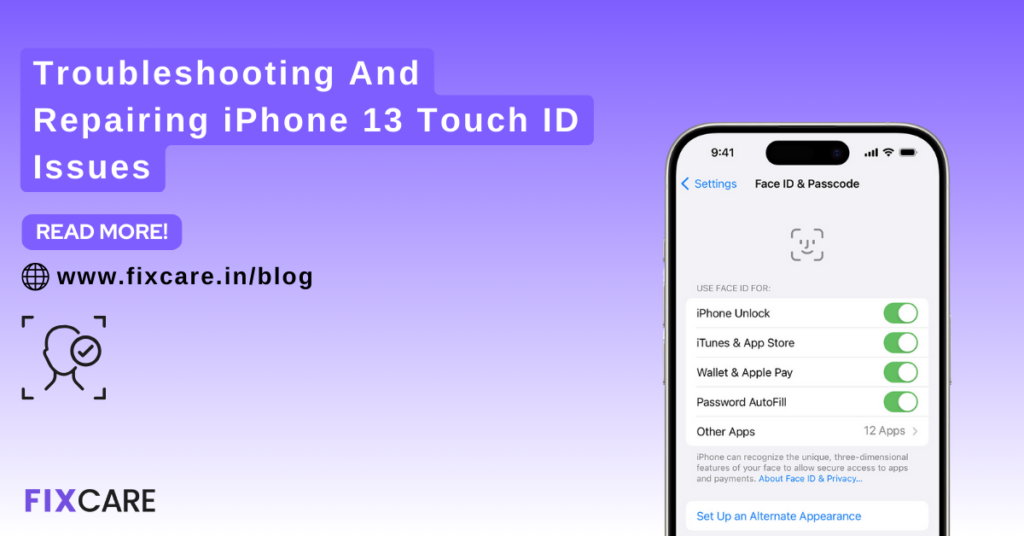
Table of Contents
The iPhone 13 has seized the lead in the rapidly changing smartphone market because to its cutting-edge technologies, one of which is the Touch ID technology. Even the most advanced technology, nevertheless, is not immune to problems over time. This in-depth tutorial will explore troubleshooting and do-it-yourself solutions for iPhone 13 Touch ID difficulties, guaranteeing you can take care of typical problems without requiring expert help.
Understanding iPhone 13 Touch ID: A Brief Overview
Prior to exploring the troubleshooting procedure, let us take a moment to comprehend the unique features of the iPhone 13 Touch ID. Fingerprint recognition is used by Apple’s Touch ID technology to provide secure authentication. It gives users an additional degree of ease and security by enabling touch-free safe transactions and phone unlocking.
Common iPhone 13 Touch ID Issues: Identifying the Culprits
Touch ID not responding:
Possible causes include software bugs and dirt or moisture on the sensor.
To fix the issue, try cleaning the Touch ID sensor, updating iOS, or resetting the Touch ID settings.
Inaccurate Identifying:
Causes that might arise include sensor damage and alterations brought on by injuries.
Check for physical damage, re-enroll fingerprints, and think about using a screen protector as troubleshooting measures.
Press ID Be Slow to React:
Possible reasons: program crashes, low storage, and software problems.
Close background apps, make storage space available, and upgrade iOS as troubleshooting procedures.
Error Messages:
Possible causes include insufficient fingerprint registration and unsuccessful Touch ID attempts.
Re-enroll fingerprints, reset Touch ID, and look for iOS upgrades are among troubleshooting procedures.
DIY Fixes for iPhone 13 Touch ID Issues: Step-by-Step Solutions
Cleaning the Touch ID Sensor:
Turn off your iPhone and use a microfiber cloth to gently wipe the sensor.
To get rid of any collected filth or debris, use a little brush.
Steer clear of utilizing beverages as too much moisture might exacerbate the problem.
iOS Update:
To make sure the most recent iOS version is installed on your iPhone, navigate to Settings > General > Software Update.
Updates to the software frequently provide bug fixes and enhancements that remedy Touch ID problems.
Taking Fingerprints Again:
Enter your passcode by going to Settings > Touch ID & Passcode.
Re-enroll the fingerprints after deleting the current ones.
When completing the enrollment procedure, make sure your fingertips are dry and clean.
Physical Damage Inspection:
Look for any obvious physical damage on the Touch ID sensor.
Consider getting expert help if your iPhone has been dropped or somehow damaged.
Snapping Off Background Apps:
Press and hold the Home button twice, or slide up from the bottom on more recent models, to open the App Switcher.
To dismiss an application, swipe up on it.
Touch ID response may be slowed down by background programs that need resources.
Reducing Storage Capacity:
Open Settings > General > Storage on [Device].
To clear up storage space, go over and remove any extraneous files or programs.
A device’s overall performance may be impacted by inadequate storage.
Reseting Touch ID:
Select Settings > Passcode & Touch ID > Type in your passcode.
Turn off the iPhone Unlock feature and the iTunes & App Store, then turn them back on.
In addition to fixing software bugs, this procedure resets the Touch ID settings.
Examining the Effect of Your Screen Protector:
Using a third-party screen protector may have an impact on Touch ID functionality.
Ascertain if the screen protector is compatible with Touch ID, or try taking it off for a short while to give it a try.
Conclusion:
Enabling Users to Diagnose and Fix iPhone 13 Touch ID Problems In summary, even though the iPhone 13 Touch ID technology provides a smooth and safe user experience, problems might eventually surface. With the help of this thorough guide, users will be equipped with the information necessary to diagnose and repair common issues using easy-to-do DIY solutions. Through adherence to these systematic approaches, customers may guarantee that their iphone 13 touch id maintains the best Touch ID experience. Recall that doing little troubleshooting can significantly contribute to preserving the effectiveness and dependability of your gadget.
- Tags: iphone 13 touch id







